How to look after your new wheels
If you've spent a lot of money on some new wheels, then you need to make sure that they last as long as they should. So here's your guide to how to make your new wheels last a lifetime. In association with Chain Reaction Cycles
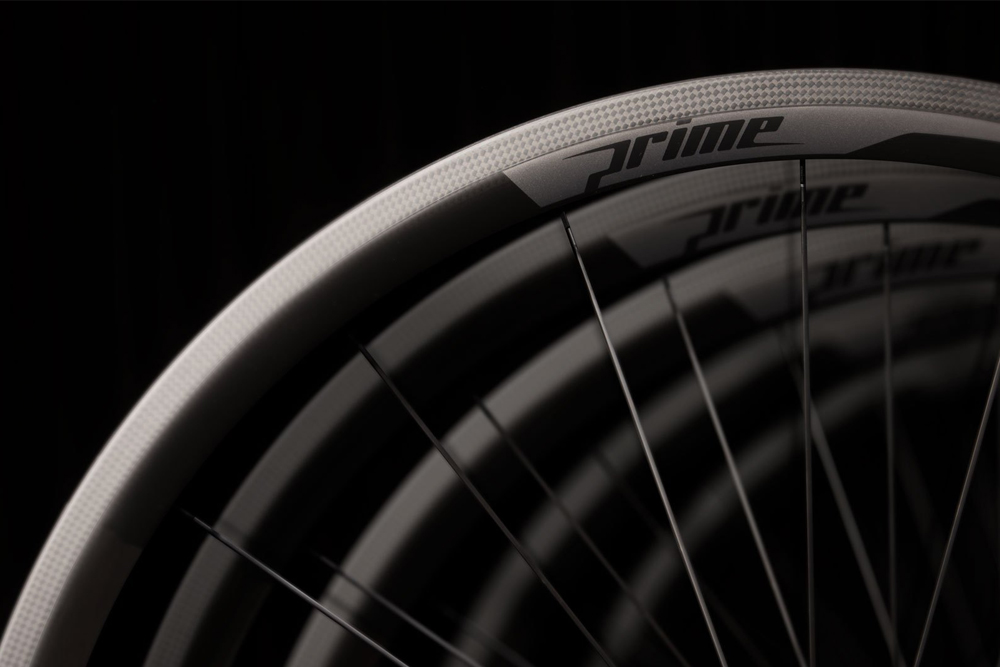
Buying a pair of new wheels should transform the performance of your bike, upping your average speeds and making you a faster rider.
>>> Road bike wheels: a complete buyer's guide (video)
Whether you've spent nearly £2,000 on a pair of deep section Zipp 808s, or just £300 on some Fulcrum Racing 3s, you want to make sure you get your money's worth, which means following a few steps and maintenance basics to make sure that they are kept in perfect condition for as long as possible.
1. Use the right brake pads
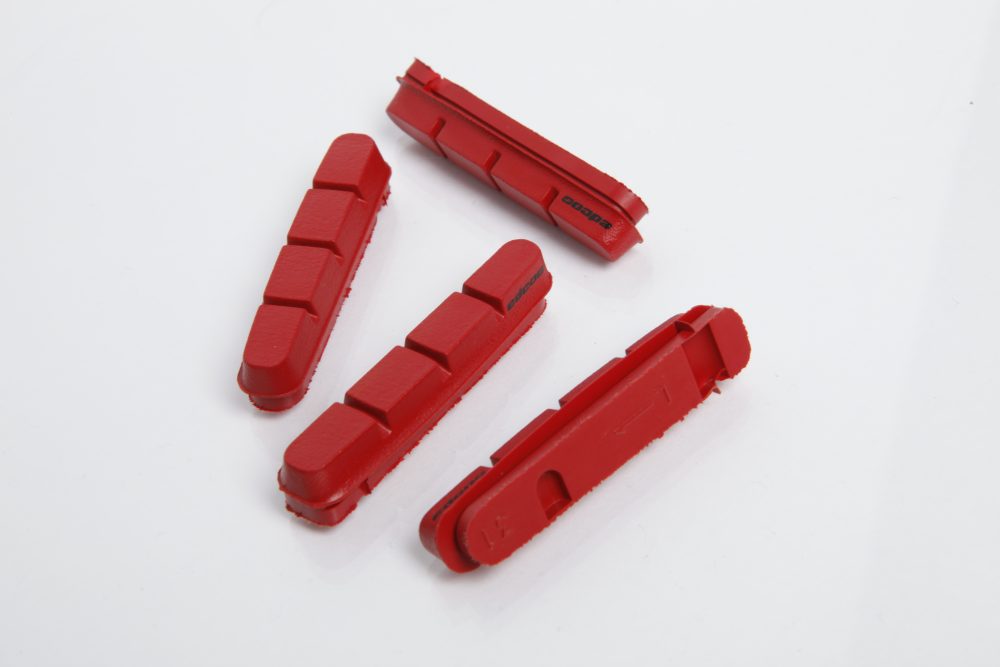
Most wheels will come with brake pads supplied in the box, and although it might be tempting to just whack in your new wheels so you can get out on the road as quickly as possible, it's really important that you switch the brake pads over first.
For a lot of people, upgrading to new wheels will mean a step up to either carbon wheels, like the Prime RP-38 wheelset, or aluminium wheels with a special braking surface, like the Mavic Pro Exalith. These both require special brake pads, and if you don't use the right ones then not only will the braking be rubbish but you could also damage the rims too.
2. Clean your brake pads
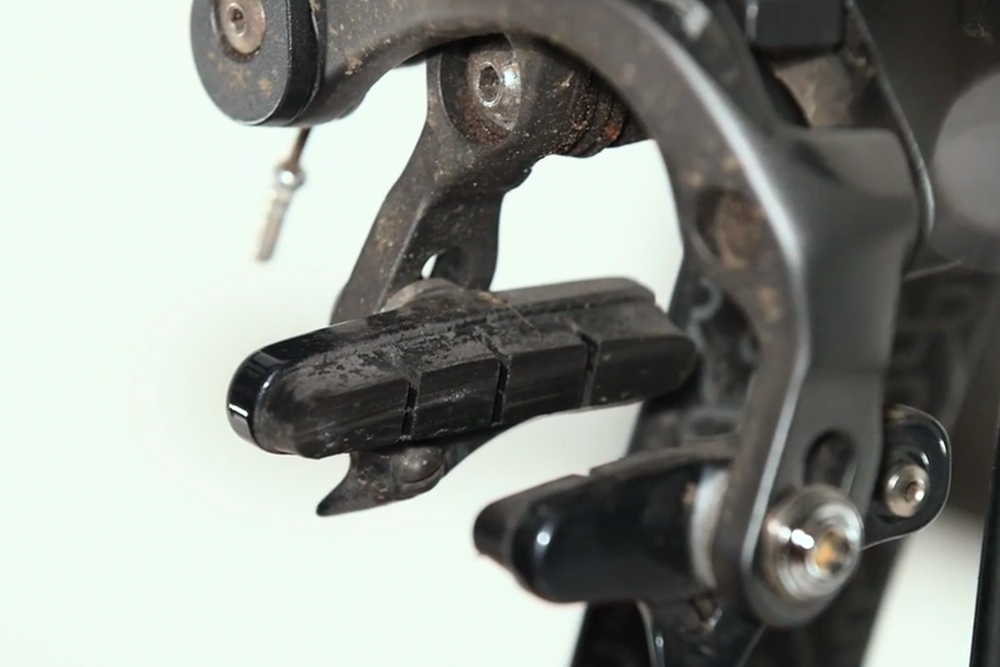
While you're out riding (especially during winter) your brake pads are inevitably going to pick up little bits of grit and glass from the road, and even bits of metal from your aluminium rims. Over time this can build up into a very abrasive surface that can wear down the braking surface of your wheels and even damage carbon rims beyond repair.
>>> How to look after your brake pads and rims (video)
It's therefore a good idea to pay particular attention to the brake pads during your (hopefully regular) bike cleans, picking out bits of metal and cleaning out the grooves with a small flathead screwdriver. This will also give you a chance to keep an eye on the wear of the brake pads, investing in new ones if they're looking overly worn.
3. Clean your rims

Just as important as maintaining your brake pads is keeping your rims clean. Not only will having lots of muck on your rims mean that braking won't be as good as it could be, but it will also cause premature wear to both the pads and the rims.
All you need to do this is a bit of isopropyl alcohol (which can also be used to clean your disc rotors) that you spray on the rims then wipe them down with a soft cloth.
4. Don't jet wash the hubs
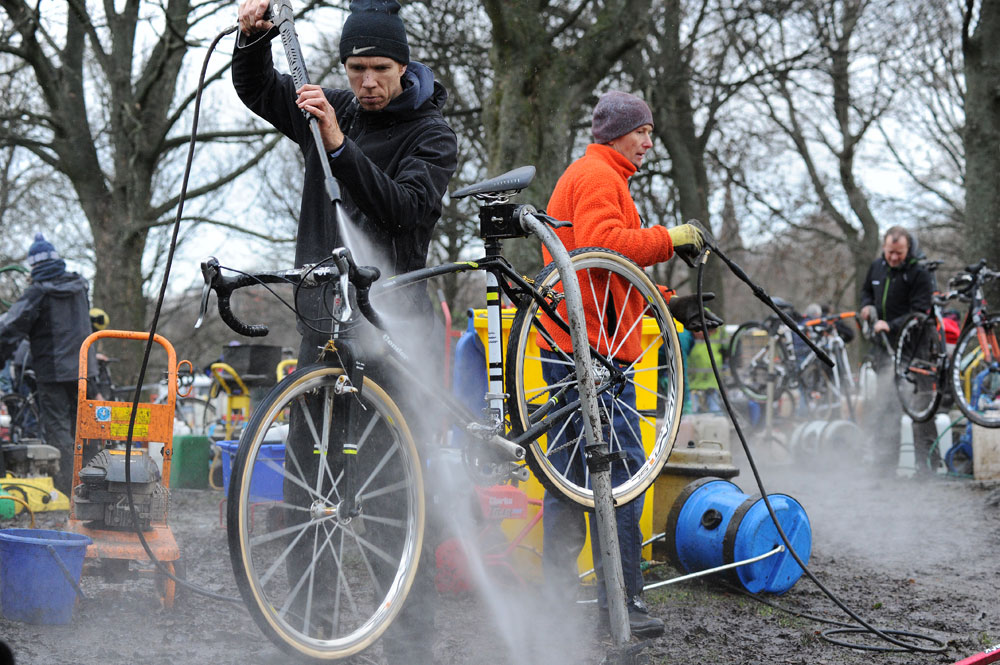
Pressure washers have their place in cycling, but that place is not for washing wheels. The last thing you want to do is blast your hubs with high pressure water, getting water into the bearings.
>>> How to clean your bike in seven minutes (video)
Instead just wash the hubs with hot, soapy water. This might be more of a task than just blasting any dirt off with a jet washer, but the task will be made much easier if you invest in a special wheel cleaning brush that will help to get in-between the spokes and give the hub a good scrub.
5. Keep an eye on the bearings and freehub
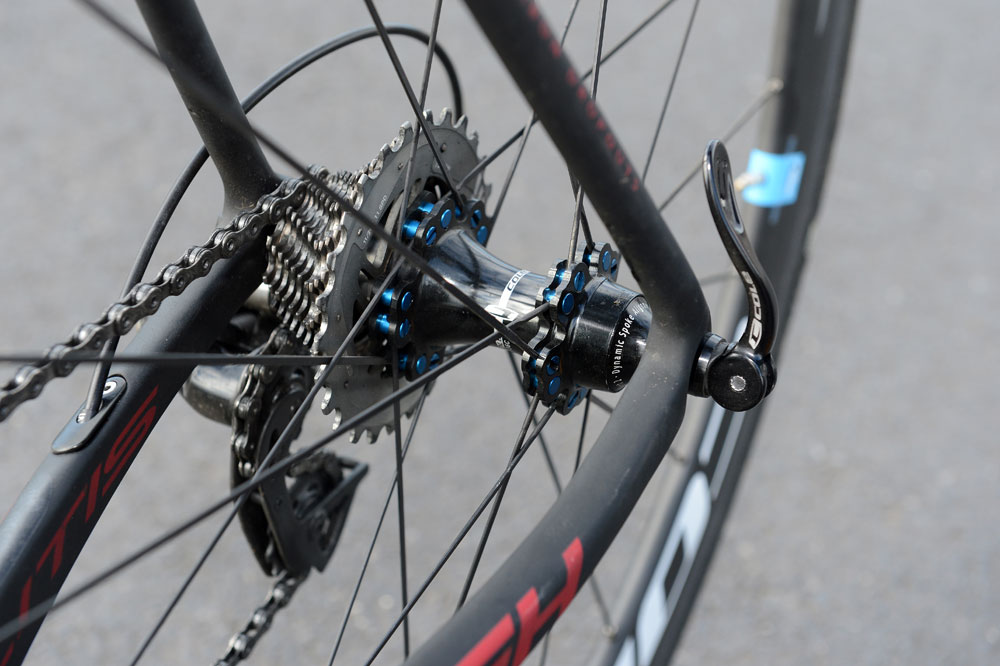
Over time and through extensive use, it is normal for freehubs to develop play, resulting in sloppy shifting, and wheel rub on the brake. You can check for it by trying to move your cassette laterally against the wheel. There should be no movement, but if there is, it likely it needs tightening. Bearings need to be replaced periodically, but in our experience they last a very long time.
It is also a good idea to have your freehub stripped, cleaned and regreased once a year too, to keep it in optimum condition. A mechanic at your local bike shop can help, but if you would like to do the job yourself, we suggest a medium grease like Shimano Workshop Grease. You will require some specific tools (note that Campagnolo hubs require different tools Shimano and SRAM hubs).
6. Check spoke tension, especially on disc brake wheels
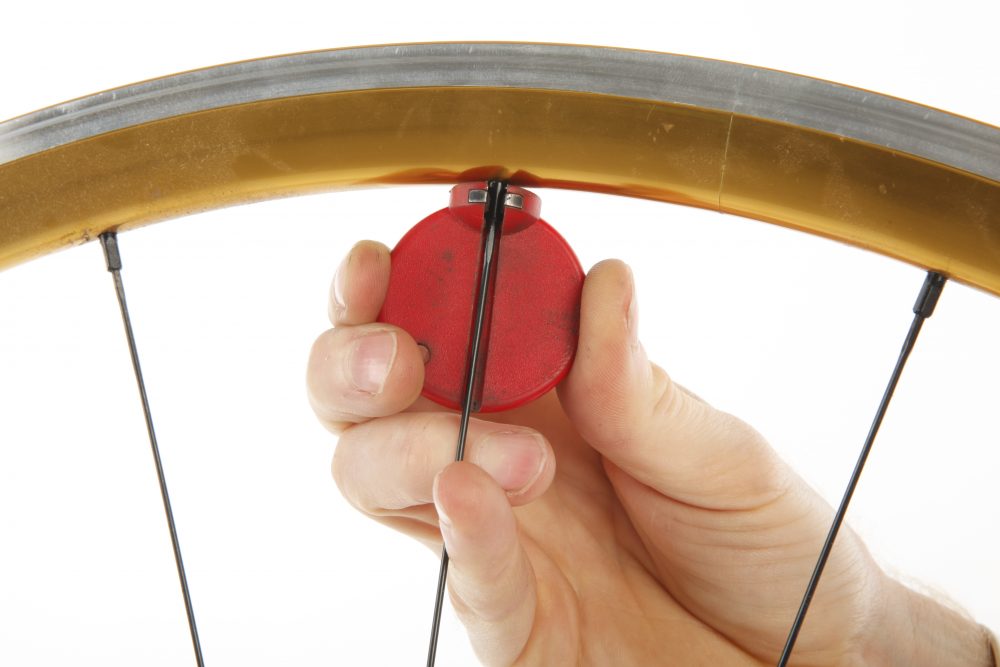
New wheels can often bed in after your initial riding, meaning that is not uncommon for the spokes to require slight tensioning. This is easily done with a spoke key, but if you are not confident it is a quick job for a trained mechanic at a local bike shop.
This is more prominent with disc brake wheels, where a slight loss in tension can result in vibration when braking, often causing a lot of noise.
Essential Checklist
- Make sure you use the right brake pads for your new wheels
- Keep both the rims and the brake pads clean...
- ... But don't be tempted to do this with a pressure washer
- Check bearings for play
- Strip, clean, and regrets bearings every year
- Check spoke tension after a few weeks of use, especially with disc brake wheels

Thank you for reading 20 articles this month* Join now for unlimited access
Enjoy your first month for just £1 / $1 / €1
*Read 5 free articles per month without a subscription

Join now for unlimited access
Try first month for just £1 / $1 / €1
Get The Leadout Newsletter
The latest race content, interviews, features, reviews and expert buying guides, direct to your inbox!
Jack Elton-Walters hails from the Isle of Wight, and would be quick to tell anyone that it's his favourite place to ride. He has covered a varied range of topics for Cycling Weekly, producing articles focusing on tech, professional racing and cycling culture. He moved on to work for Cyclist Magazine in 2017 where he stayed for four years until going freelance. He now returns to Cycling Weekly from time-to-time to cover racing, review cycling gear and write longer features for print and online.
-
 "Like a second skin” - the WYN Republic CdA triathlon suit reviewed
"Like a second skin” - the WYN Republic CdA triathlon suit reviewed$700 is a substantial investment in a Tri Suit, and it is, but you’ll definitely feel fast in it
By Kristin Jenny
-
 What does Q36.5 mean? We asked the people behind the Italian kit brand that sponsors Tom Pidcock's team
What does Q36.5 mean? We asked the people behind the Italian kit brand that sponsors Tom Pidcock's teamQ36.5's Luigi Bergamo and Lodovico Pignatti Morano take on Cycling Weekly's Q&A
By Tom Thewlis
-
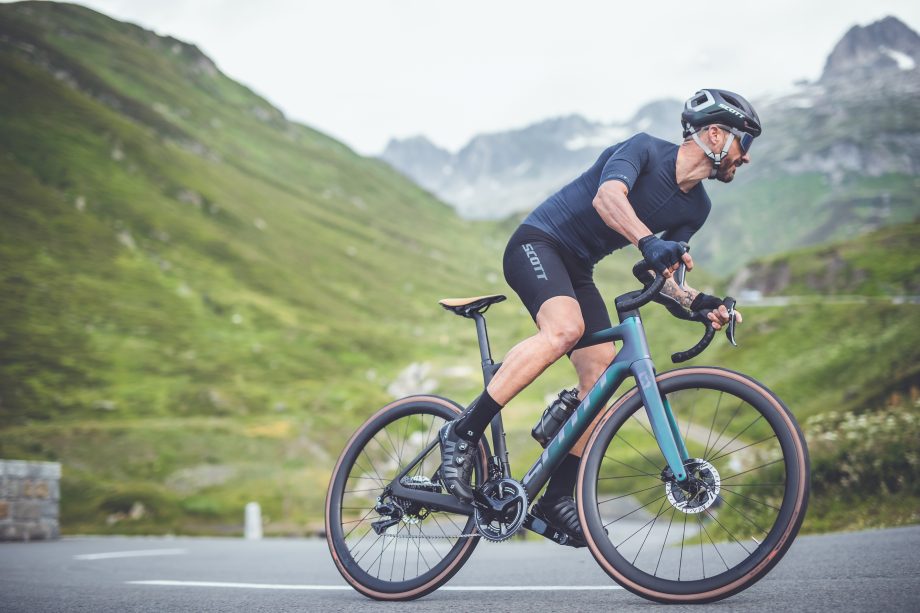 Do electric bikes make riding too easy?
Do electric bikes make riding too easy?What happened when we rode the same loop on the electric Scott Addict eRIDE and the pedal-powered Addict RC?
By Paul Norman
-
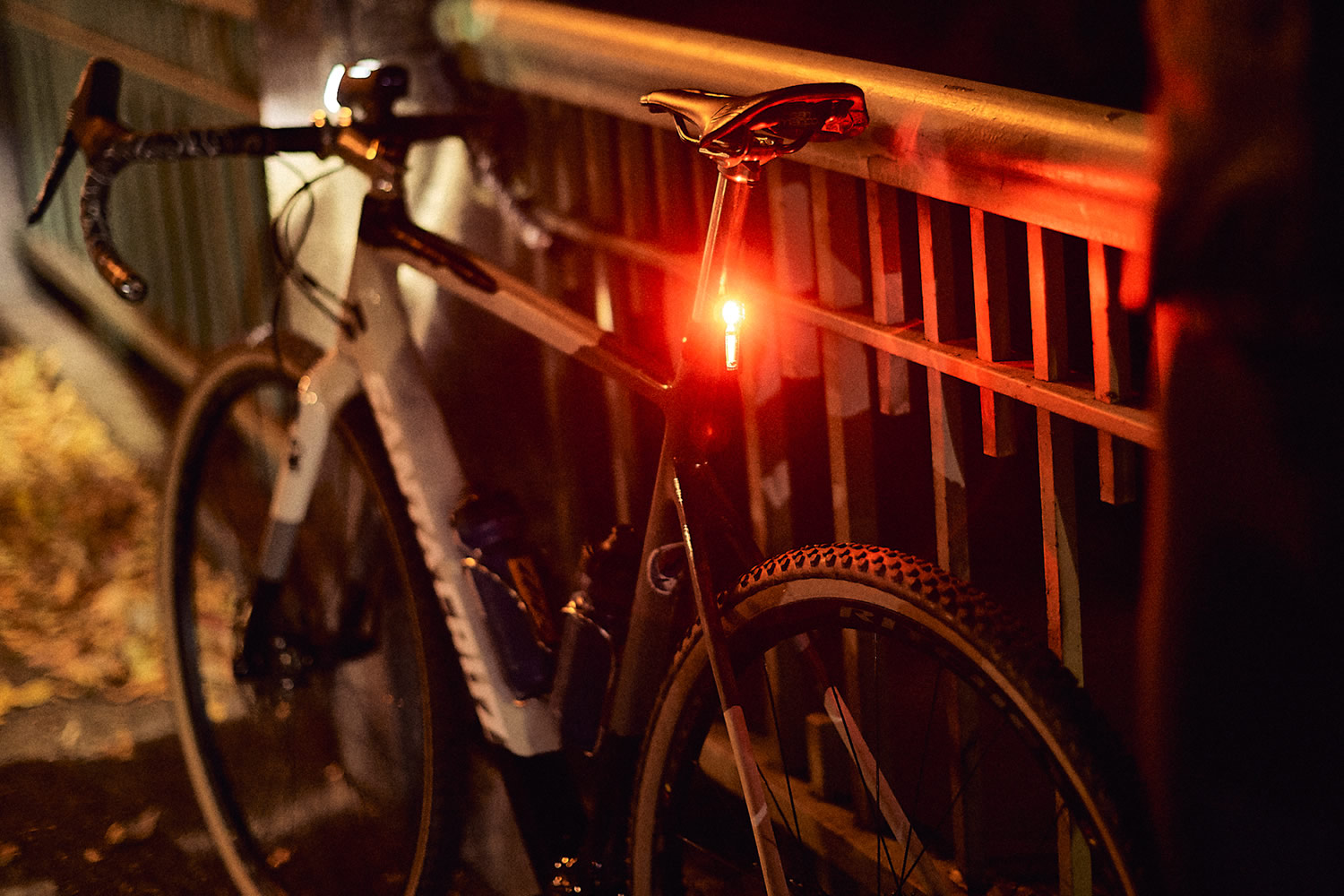 Why lux is a better way to rate bike lights than lumens
Why lux is a better way to rate bike lights than lumensKryptonite’s innovative new Incite series of lights is designed with a focus on the beam rather than the bulb
By Cycling Weekly
-
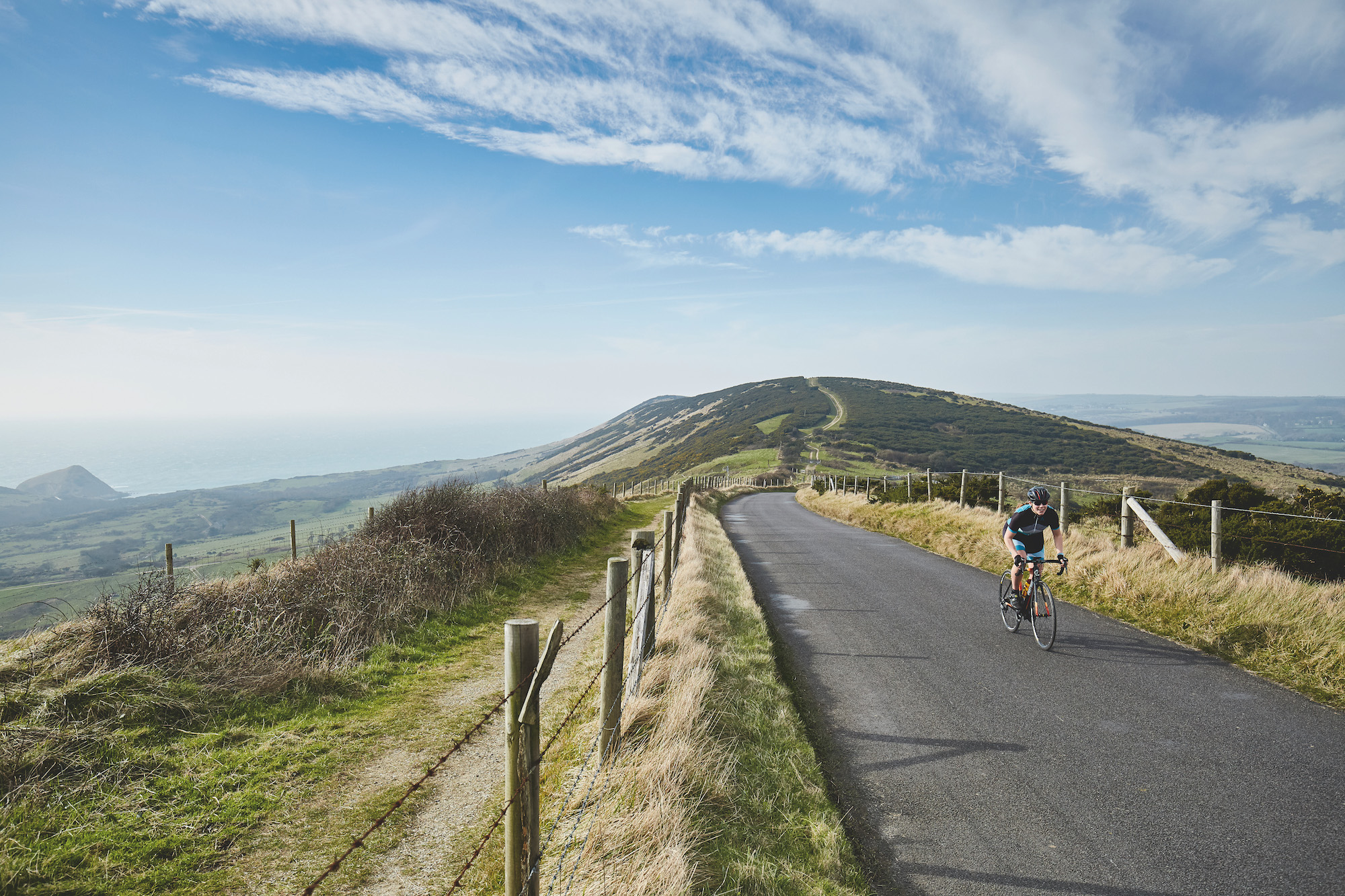 Five reasons to use dedicated cycling mapping
Five reasons to use dedicated cycling mappingWhy are dedicated tools for cyclists so handy?
By Richard Windsor
-
 Can tracking your metabolism help you lose weight?
Can tracking your metabolism help you lose weight?This device aims to help cyclists fuel their sessions optimally
By Cycling Weekly
-
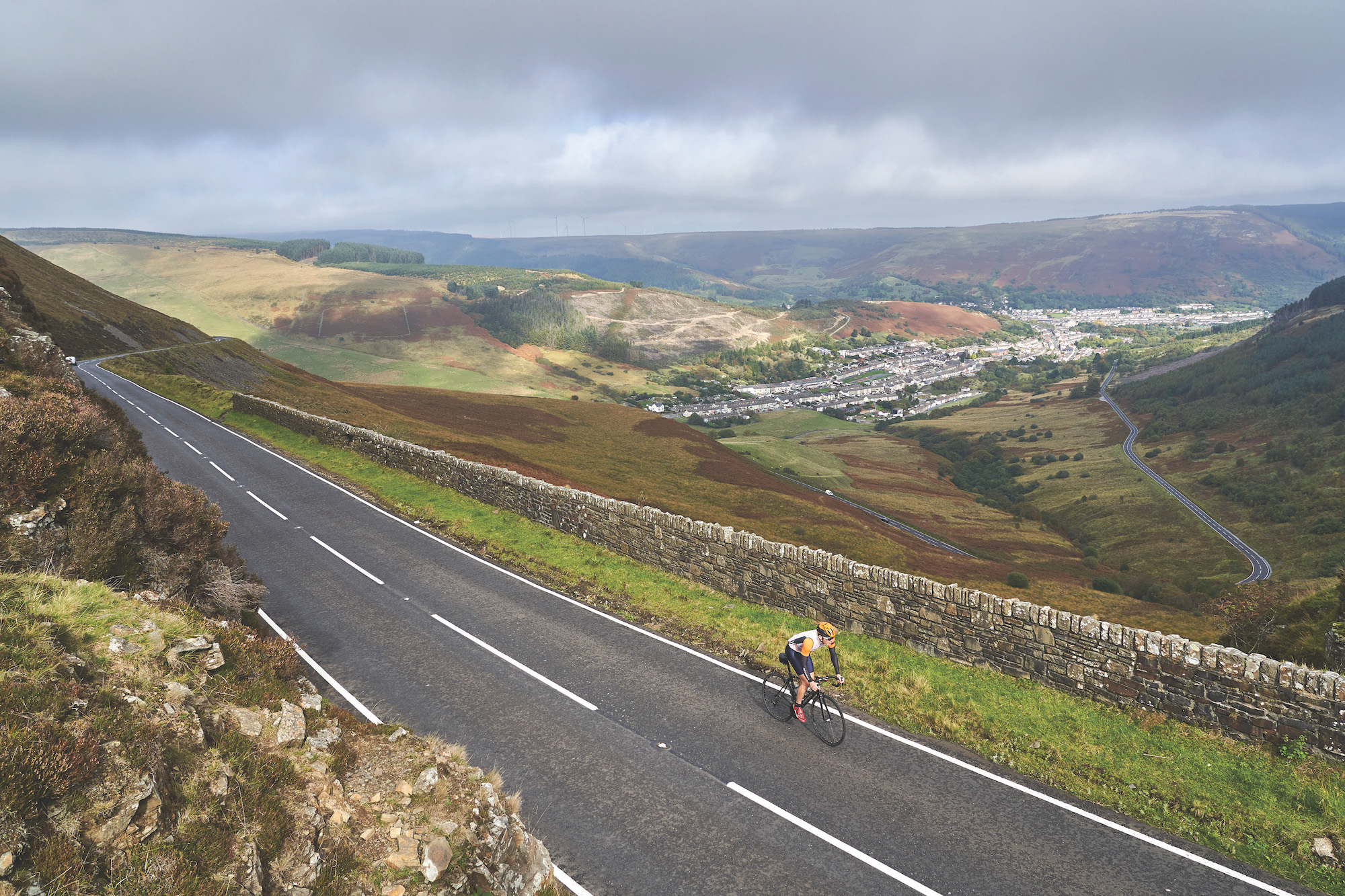 Rediscover your area with Komoot
Rediscover your area with KomootEven with the current restrictions on riding there are still ways to discover great new routes near you
By Richard Windsor
-
 Breathe easy with NAROO
Breathe easy with NAROOAfter what months of riding in the cold and dark, the spring equinox is a welcome seasonal change for cyclists.
By Alex Ballinger
-
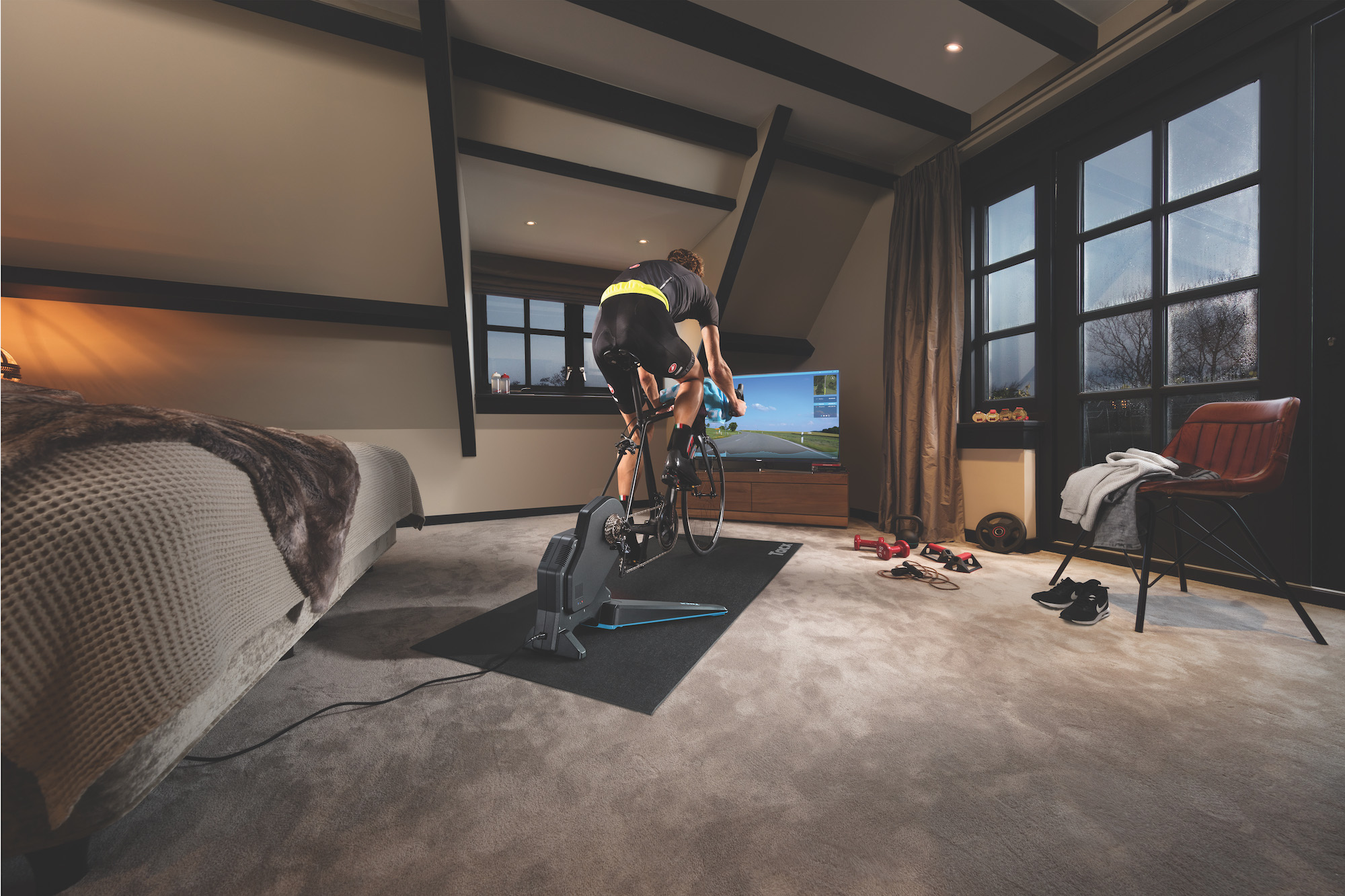 Tune up your training with the Tacx Flux 2
Tune up your training with the Tacx Flux 2The groundbreaking Tacx Flux 2 trainer remains ahead of the game and at a competitive price point
By Richard Windsor
-
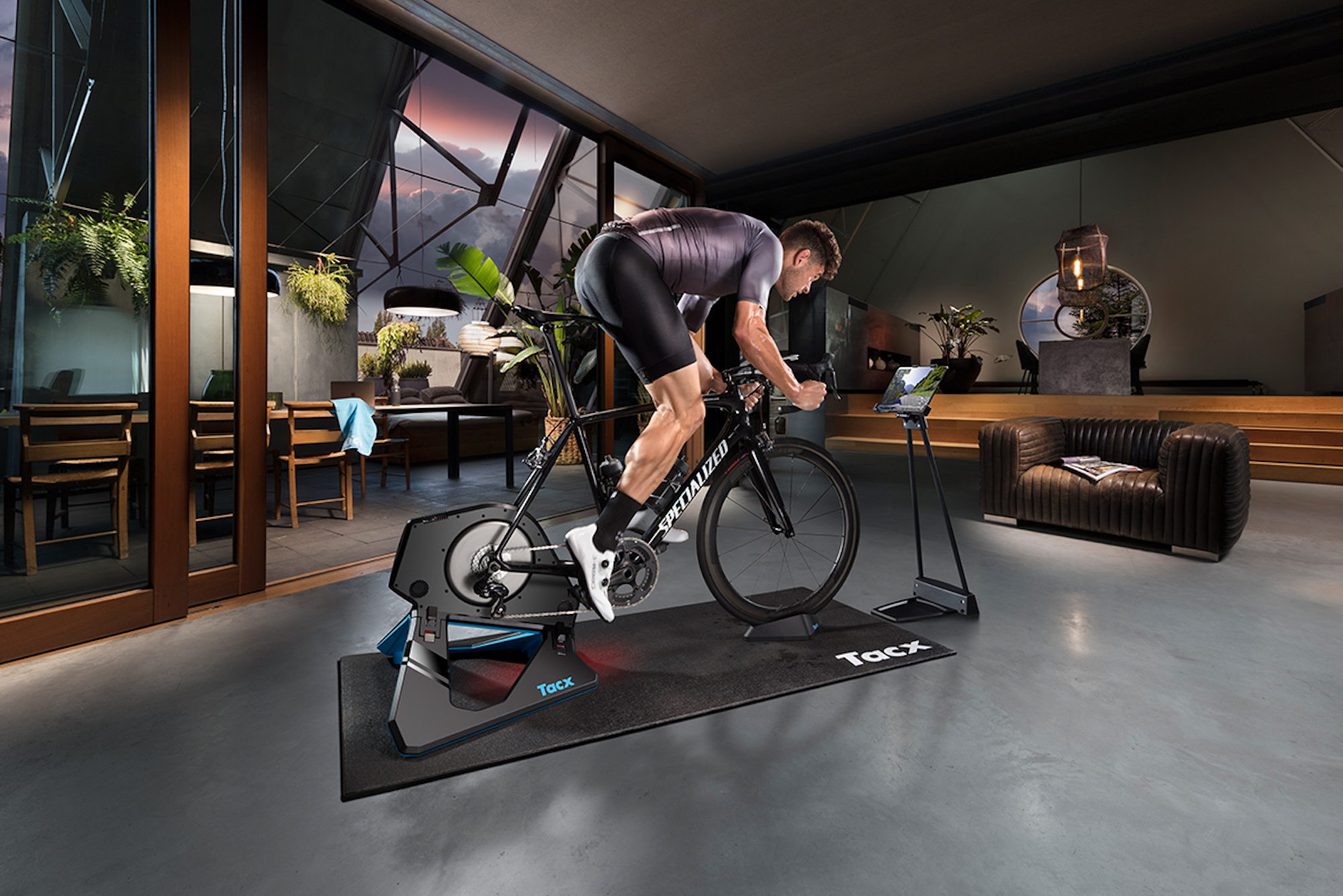 Train smarter with the Tacx Neo 2T
Train smarter with the Tacx Neo 2TTacx’s update to its leading smart trainer, the Neo 2T, brings yet more features to enhance your home training
By Cycling Weekly